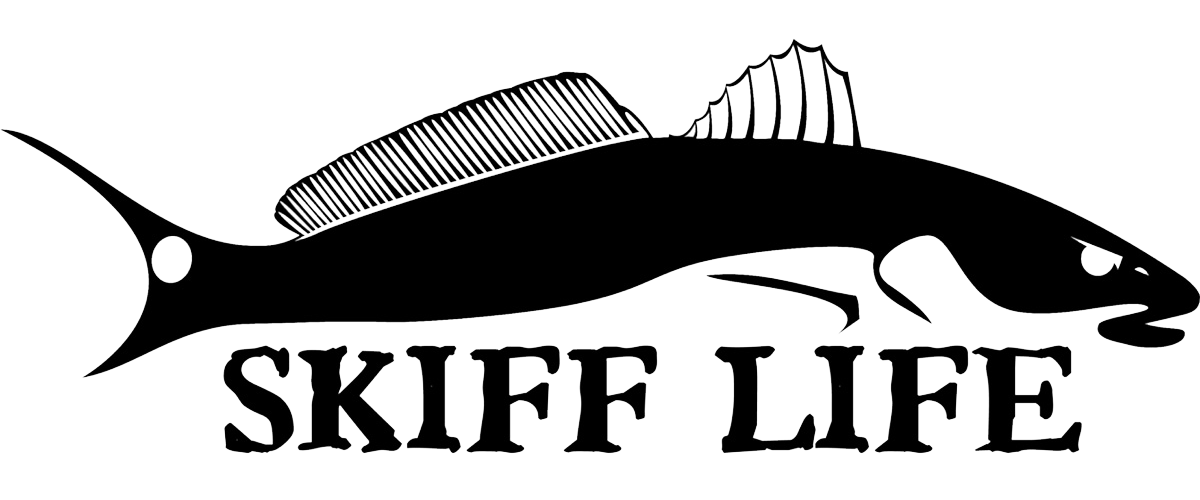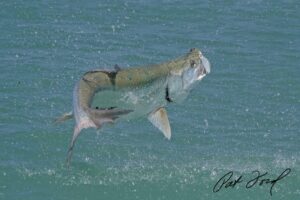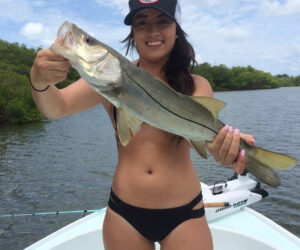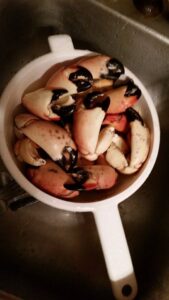Inshore saltwater fishing for speckled redfish, trout and flounder can often be a matter of finding the structure that is holding them. Fish move for many reasons including temperatures and spawning, but they return again and again to the same structures for two principal reasons: food and safety.

That’s why you will find fishing guides and tournament competitors returning to the same places year after year. The most obvious of these places is visible hard structure like bridges, docks, rocks, and other rip-rap. Fish will sometimes be right on structure, like red fish lurking under a dock, or feeding nearby, such as trout or flounder holding in deeper water just off of a jetty. Areas called “flats” can also be productive when sea-grass is healthy as this grass hides many of the baitfish, shellfish and other common food for predator fish.
To work these places for specks, red fish and flounder you can use a variety of tactics as well as lures or live bait. Here are some popular baits and tactics for saltwater anglers:
Scented soft baits
Scented soft lures like the Gulp baits or DOA shrimp have improved over the years and have become deadly around structure and flats where seagrass abounds. Anglers like them because they can rig them a number of ways: on jig heads to flip under and work around objects, weedless on rigs to fish difficult areas, or under floats as they would use live bait to prevent hang-ups and keep the bait in the feeding zone.
One tactic is to rig a jerk shad body on a Carolina rig without a jig head so it can be tossed right under docks or bridges. Redfish and flounder like to smash jerk baits fished slowly near the bottom. A popular method is for anglers use the baits on a jig head and jig them around pilings and rocks or slowly crawl or hop them just off structure.
Hard plugs
Hard plugs like MirrOlures or Rapala are very popular around inshore structure provide there is enough water and room so that you don’t hang them up. Fishing them on the rising tide or the first few hours of a falling one can give you more room to work.
One tried and true tactic is to cast your plug into heavy current near structure as it flows downstream, such as water rolling away from a dock as the tide lowers. Don’t move your plug but let it get carried along until the current slackens a bit. Despite the fact you aren’t retrieving keep a tight line, as hits could come anywhere down the line.
Then, as the pace of the lure slows, give it a couple of jerks and begin a slow retrieve. The idea is for your lure to imitate a baitfish caught in the current and struggling against it. The speed of your retrieve should vary by the water temperature but should never be very fast. Fish like trout and redfish love to stack up in deep water where the current begins to slacken and feed on disoriented baitfish.
Live bait
Effective live baits inshore include Spanish sardines, mud minnows, finger mullet, peanut pogies, and small pinfish. Other little baitfish will work as well. A very popular rig for minnows is a Carolina rig, also called a fishfinder, which uses an egg sinker to allow the bait freedom of movement and lets the angler get a feel for what is going on at the terminal end of the rig.
Live shrimp fished for speckled trout, however, is most often used under a float or popping cork to get it in the right zone and keep the shrimp from the baitstealers longer.
Some inshore saltwater guides like to toss a lively live minnow as close as they can against a piling and pause a bit. Even if the minnow is picked at by small fish like pinfish the flurry attracts larger fish. Often big redfish and flounder situate themselves very close to such structure and will slam the when the bait when it is slowly hopped away. Nothing beats a blue crab cracked in half and tossed next to a Jetty when red fish are feeding.
Give these tips a shot and report back to let us know how you do or what you found.






Is Redfish good to eat? Does it taste something like cod? It sure is a beautiful looking fish…